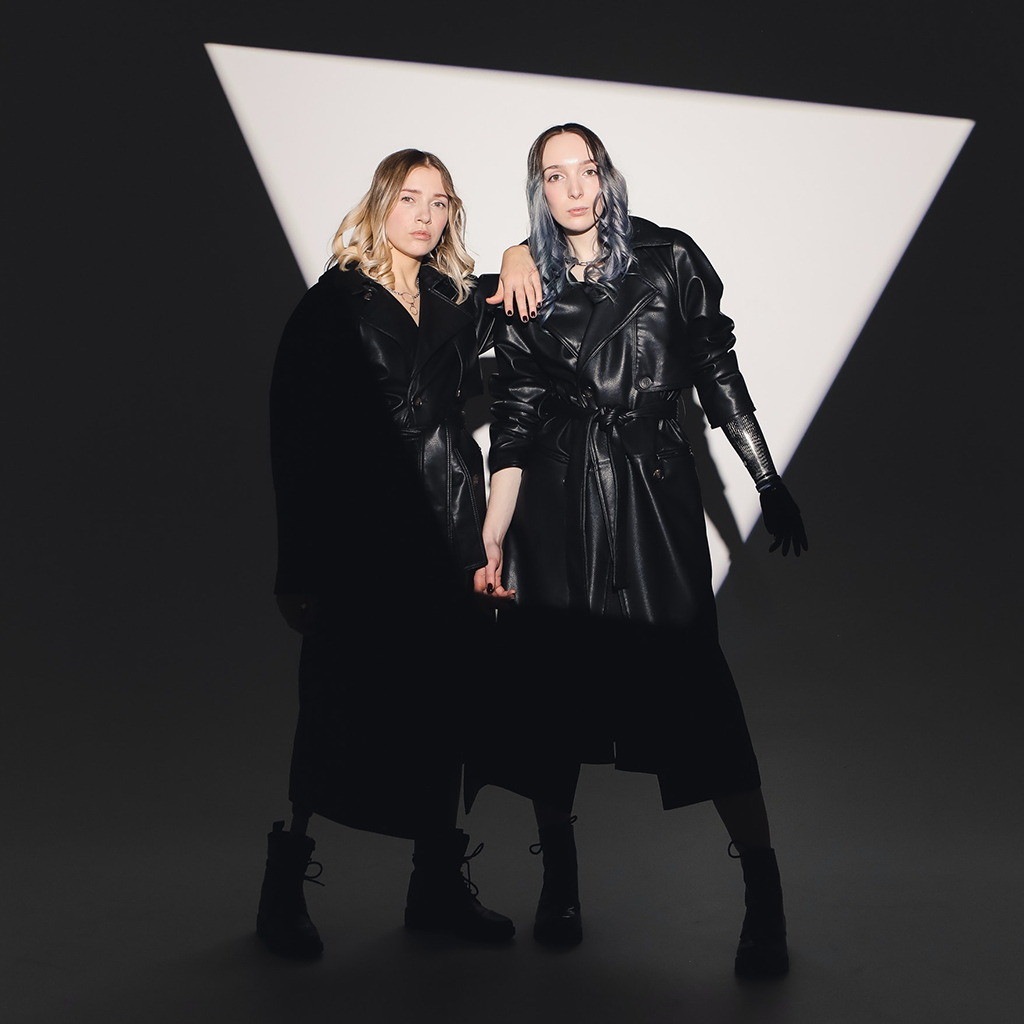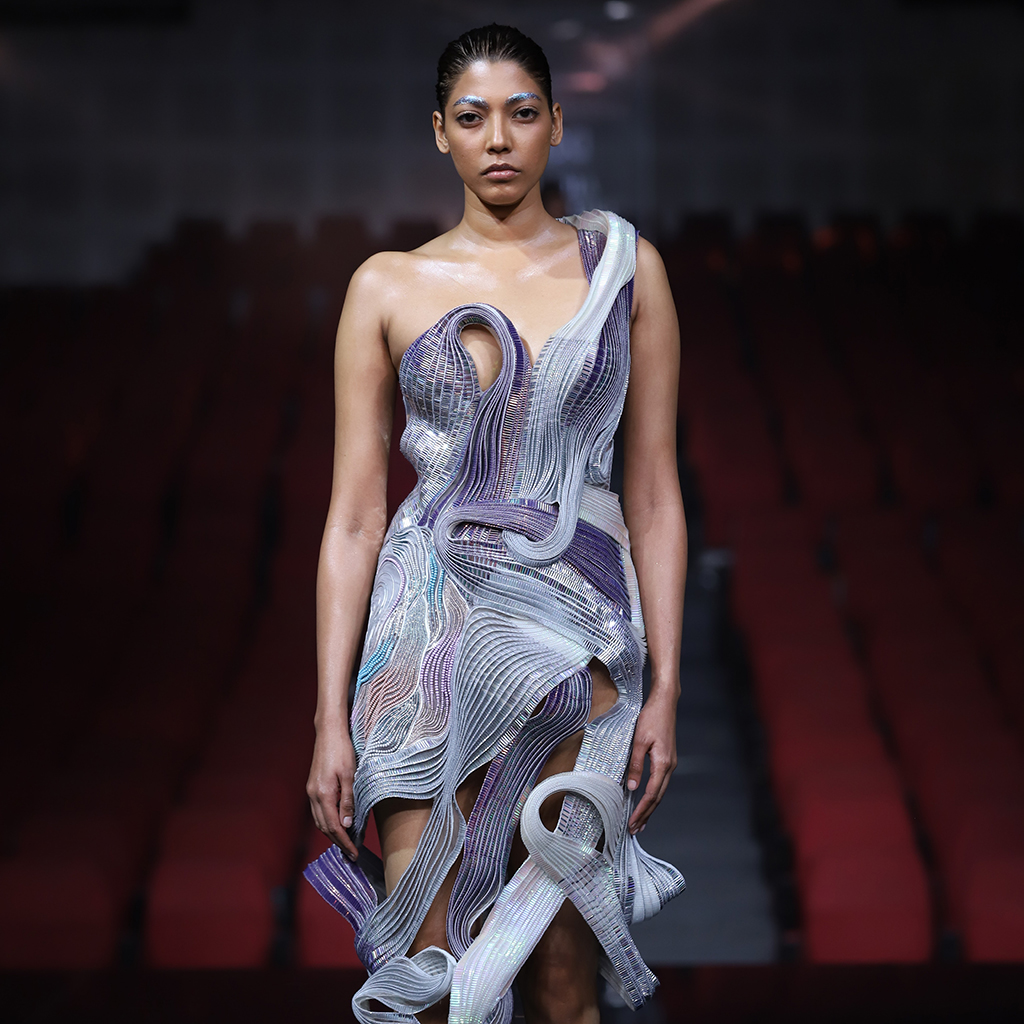Fashion Forecasting: The Art and Science of Predicting Future Trends
kno01042023-07

Photo: Pexels
Fashion forecasting is a crucial aspect of the fashion industry that involves predicting and analyzing upcoming trends in colors, fabrics, styles, and patterns. A combination of art and science, fashion forecasting helps designers, brands, and retailers stay ahead of the curve and make informed decisions about their product offerings. In this blog post, we’ll discuss the importance of fashion forecasting, the methodologies used, and how to stay up-to-date with the latest trends.
The Importance of Fashion Forecasting
Fashion forecasting plays a vital role in the fashion industry, as it helps businesses:
Plan Collections: Designers use fashion forecasts to plan and create collections that align with upcoming trends, ensuring their products are relevant and appealing to consumers.
Optimize Inventory: Retailers can use fashion forecasting to make informed decisions about which products to stock and how much inventory to purchase, helping them maximize sales and minimize the risk of overstocking or understocking.
Stay Competitive: By staying up-to-date with the latest trends and consumer preferences, fashion businesses can maintain a competitive edge in the fast-paced fashion industry.

Photo: Pexels
Methodologies Used in Fashion Forecasting
Fashion forecasting involves a variety of methodologies and data sources, including:
Market Research: Forecasters analyze sales data, consumer preferences, and market trends to predict which styles and products are likely to be popular in the future.
Trend Analysis: By studying runway shows, fashion editorials, and trade shows, forecasters can identify emerging trends and styles that may become popular in upcoming seasons.
Social and Cultural Influences: Fashion forecasters also consider social, cultural, and political factors that may impact fashion trends, such as economic conditions, demographic shifts, and global events.
Color Forecasting: Color plays a significant role in fashion, and forecasters work with organizations like Pantone to predict the colors that will be popular in upcoming seasons.

Photo: Pexels
Staying Up-to-Date with Fashion Trends
For designers, retailers, and fashion enthusiasts looking to stay current with the latest trends, there are several resources available, including:
Fashion Magazines: Publications like Vogue, Harper’s Bazaar, and Elle offer insights into current and upcoming fashion trends, as well as coverage of runway shows and industry news.
Online Blogs and Websites: Fashion blogs and websites like Who What Wear, The Business of Fashion, and WGSN provide trend reports, style tips, and industry news.
Social Media: Following influential fashion designers, stylists, and influencers on platforms like Instagram and Pinterest can help you stay updated on the latest trends and style inspiration.
Trade Shows and Fashion Weeks: Attending industry events like trade shows and fashion weeks can provide valuable insights into emerging trends, as well as networking opportunities with industry professionals.

Photo: Pexels
Fashion forecasting is an essential aspect of the fashion industry that helps businesses stay ahead of the curve and create products that resonate with consumers. By understanding the methodologies used in fashion forecasting and staying up-to-date with the latest trends, designers, retailers, and fashion enthusiasts can make informed decisions and maintain a competitive edge in the ever-evolving world of fashion.
Google: D&J Fashion Manufacturer
Leave us a Google Review
Facebook: dnjfashionofficial
Instagram: dnj_fashion_official
Linkedin: D&J Garment Manufacturing and Supply Chain
Pinterest: dnjfashion
Youtube: @dnjfashion_official
Tik Tok: @dnj_fashion

